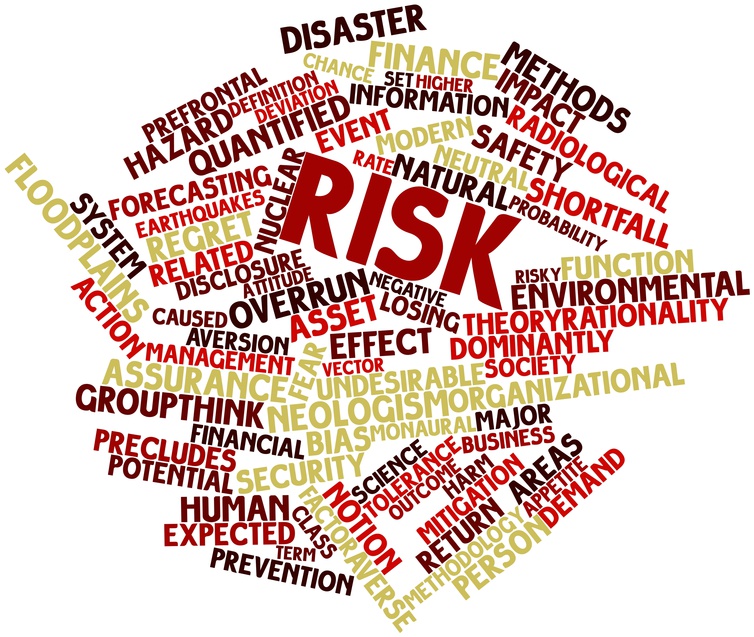Handling cytotoxic drugs

Am I using the right gloves for protecting myself AND the product?
In the busy environment of the hospital pharmacy, you can be forgiven for feeling confused about what criteria to use for selecting nitrile gloves when handling cytotoxic agents. The bewildering display of standards and pictograms only increases the complexity. However the hazardous nature of many cytotoxic drugs is widely recognised and therefore it is incumbent on employers to undertake the necessary risk assessment to ensure that employees are protected. To facilitate this process the following checklist may help to ensure that personnel enjoy the highest level of protection available with their right nitrile gloves / cleanroom gloves:
Are the gloves registered according to the Personal Protective Equipment Regulation (EU) 2016/425 as Complex Design (Category III)?
NO – Where the primary purpose of the gloves is personal protection from incidental exposure to chemical splashes, then only gloves that are registered as PPE gloves Complex Design (Category III) should be used.
YES – For extra security, request a Declaration of Conformity from manufacturer. This will declare unequivocally the regulatory status of the gloves.
Have the gloves been specifically tested against a wide range of chemotherapy drugs?
NO – Request permeation data from manufacturer.
YES – As part of the risk assessment having permeation data on the drugs to which employees are exposed may be prudent.
Have the gloves been tested for permeation according to ASTM D 6978-05?
NO – Whilst testing according to alternative standards such as EN 16523-1:2015 (supersedes EN 374-3:2003) may be suitable for general chemical protection, ASTM D6978-05 has been specifically developed for operators exposed to cytotoxic agents and would therefore seem preferable.
YES – There are a number of manufacturers that now provide data based on ASTM D6978-05.
Have I selected gloves with the highest level of resistance to penetration (ISO 374-2:2019)?
NO – Harmful substances may pass through micro-porous holes in the gloves. Therefore selecting gloves with as low an AQL as possible could optimise barrier performance.
YES – A number of manufacturers provide gloves with an AQL of 0.65 (Level 3), which is likely to reduce the risk of porosity.
For a more in depth discussion on the subject of handling cytotoxic drugs, readers may wish to read the article that appeared in the March 2010 issue of Cleanroom Technology. (Click here).
Share this interesting information
